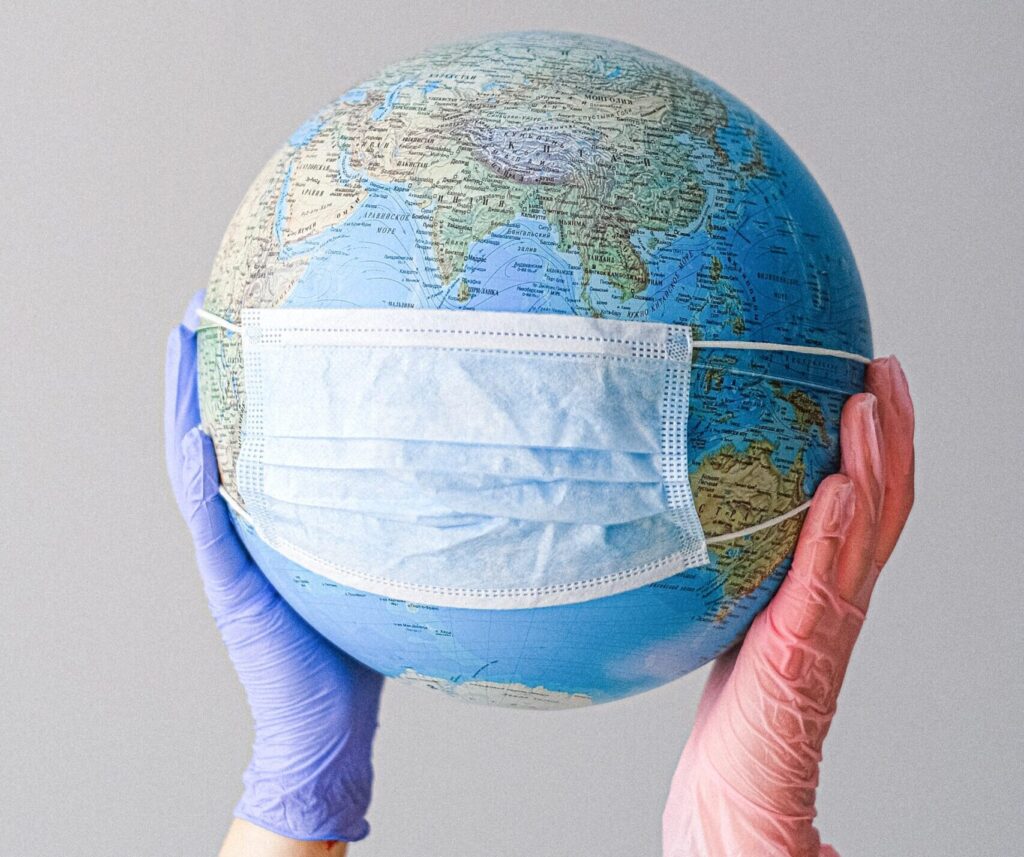Do you know what brands produced the clothing you’re wearing now? And do you remember how much you paid for your clothes, or where they are made?
Understandably, these aren’t questions you would ponder first thing in the morning, or really any day after buying the clothes. But as we enter one of the fashion industry’s “micro-seasons” when bargains are to be had, it is important to look into the hidden environmental and human costs of fast fashion – a business model that encourages consumers to buy poor-quality clothes, worn an average of seven times before being discarded or given away to charities that won’t take them anymore.
Fast Fashion in Numbers
300 million: The number of people employed globally in the US$1.3 trillion clothing industry.
US$100 billion: The total cost of materials lost every year as less than 1% of the textiles produced for clothing is recycled into new clothing.
93 billion cubic metres: The amount of water used in textile production every year, including cotton farming.
2,700 litres: The amount of water it takes to produce the cotton needed to make one T-shirt, which is enough for a person to drink for 2.5 years.
US$95.50: The new monthly minimum wage of a garment worker in Bangladesh. This is the first increase since 2013, when the collapse of the Rana Plaza factory complex killed 1,134 workers, who were then earning US$68 a month.
1: The number of garbage truck’s worth of textile that is landfilled or burned globally every second.
10%: The percentage of global carbon emissions the fast fashion industry is responsible for, which is more than that of all international flights and maritime shipping combined.
200: The number of years that textile waste, which is mostly non-biodegradable, will remain in landfills.
21 billion pounds: The amount of textiles sent to US landfills every year.
35%: The percentage of microplastics in the ocean that come from synthetic textiles.
12: Children as young as this age are working at garment factories in Cambodia.
12 cents: The minimum increase in cost for every T-shirt sold by H&M that would suffice to provide a living wage for the workers who make its clothes.
43.1%: The percentage of female garment factory workers in Vietnam who have suffered at least one form of sexual violence and/or harassment at work.
From environmental impact to modern slavery and gender-based harassment, the global fashion industry as we know today is tainted with all kinds of negative connotations. But it wasn’t always like that. In the 1950s and 1960s, clothing was manufactured locally, and there was a “virtuous circle of production and consumption”, according to the authors of a new report commissioned by the Ethical Trading Initiative (ETI). It was a time when increase in prices was met by that in wages, so that an increased desire for more consumer products would fuel a cycle of more employment and higher wages for workers who made the products.
Yet once the manufacture of clothing was outsourced abroad, a move pioneered by fashion and footwear powerhouses such as Nike and Gap, that virtuous cycle was broken. One of the reasons is that to make clothes as cheap as possible, the fashion industry saw the need to harness the cheap labor in countries such as Cambodia, Myanmar, Vietnam and Bangladesh. In fact, it is precisely because of Bangladesh’s appallingly low wage that makes it the second largest garment exporter in the world. Today, consumers are increasingly disconnected from the makers of our clothes: 97% of apparel and footwear items are now made overseas (unless you live in countries that are among the world’s major garment exporters).
A Complex and Dissected Supply Chain and Unethical Labor Practices
To drive ever higher demand for its products, the high-volume low-cost fashion industry finds itself facing increasingly narrow margins, especially as consumers are now only willing to pay 76% of full price. The fast fashion industry’s “solution”? Dissecting the supply chain to “look for pockets of ‘value’ that can be ring-fenced and negotiated downwards”, wrote the authors of the ETI report.
Fashion brands would normally rely on middlemen to help them find the deals with the best price, speed and quality. They would set harsh terms, oftentimes failing to provide sufficient lead time for production, or suddenly changing order quantities. All these lead to the rampant labor abuse at garment factories, as well as factories subcontracting out the work that they are unable to finish to unregulated factories, such as those housed inside the collapsed Rana Plaza.
As stated in the Human Rights Watch (HRW)’s report, “Paying for a Bus Ticket and Expecting to Fly”, “Low purchase prices and shorter times for manufacturing products, coupled with poor forecasting, unfair penalties, and poor payment terms, exacerbate risks for labor abuses in factories.” And it is these bad purchasing practices that undermine brands’ effort in ensuring rights-respecting conditions in the factories, added the HRW: “They squeeze suppliers so hard financially that the suppliers face powerful incentives to cut costs in ways that exacerbate workplace abuses and heighten brands’ exposure to human rights risks.”
Paramount to improving labor conditions and minimizing environmental damage is a reform to the current unsustainable model of fast fashion. Changes are happening. For instance, there is an increasing number of brands and retailers that are publicly disclosing their manufacturers and suppliers, such as H&M, Adidas, and ASOS. What this means is that workers, unions, NGOs and local communities will be able to alert brands of potential human rights or environmental issues, provided there are proper grievance procedures in place. And tools such as the Open Apparel Registry (OAR), which maps every clothing and footwear factory in the world, could increase transparency for garment workers and fashion brands. But greater supply chain integration is just as important, which would require the transformation of legal and financial risks into incentives for brands to commit to more ethical labor practices.
For a truly sustainable future for the fashion industry, however, an overhaul of the business model, together with a change in consumer mindset, is essential. In addition to the rise of startups offering durable clothes and accessories, as well as brands making their products with sustainable materials, big apparel brands are also working towards a circular system of production and consumption by taking customers’ clothes back and putting them to new uses, or making products out of 100% recyclable materials and plastic bottles collected from the sea. Meanwhile, charities are creating a new revenue stream from selling brands’ unsold stock, and companies like thredUP are pioneering the recommerce market through partnerships with apparel brands, making the resale and reuse of clothing more convenient and accessible to consumers than ever.
By now, shoppers ought to know that what they thought were bargains are really excess inventories that brands need to get rid of. Next time you are tempted to buy a piece of clothing, despite having a closet full of perfectly wearable clothes, think about The True Cost of your fast fashion item. Repair if you can, but if you must buy a new piece of clothing, look first at secondary markets, or purchase from brands that uphold rigorous ethical and sustainability standards (learn more about the labor practices of your favorite apparel and footwear brands here).
We’re also reading…
-
That joy you feel when buying a piece of clothing at bargain price? There’s a name for it, and fMRI scans to back it.
-
People are slowly mourning a robot that might be “dying” anytime soon.
-
Every minute, an area of the Amazon rainforest about the size of a football pitch is cleared to create new pastures for cattle.
-
This is the key to a healthy and happy life, as a Harvard study has found.
-
These are the things we didn’t know about donor-advised funds.
-
Minds boggled at Japan’s car-sharing service providers when rental cars were returned showing no distance traveled.
-
This is a solution that could cut human-made carbon emissions by two-thirds.
-
This industry-leading commercial insurance company has announced that it will stop insuring and investing in coal.



